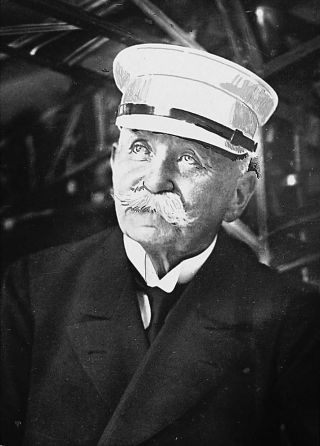Renaissance in airship travel
97 years after the maiden flight of a Zeppelin and 60 years after the end of the sensational Zeppelin era a new Zeppelin airship took off for a flight over Lake Constance – in 1997. The fascination Zeppelin was reborn!
All Zeppelins used to be rigid airships in which the envelope retained its shape by the use of an internal structural framework – compared to the now mainly used non-rigid airships called blimps which keep their shape with internal pressure. Zeppelin´s construction of the rigid airship design at the beginning of the last century made bigger airships with higher loading capacities possible. The historical airships LZ-129 HINDENBURG as well as the LZ-130 GRAF ZEPPELIN II had a volume of 200,000 m3 and a length of an impressive 245 m. Further advantages were a better static stability and the fact that the propulsion engines are not placed directly on the gondola but far away from the passengers. No vibrations or engine noise can disturb the indescribable pleasure of traveling in a Zeppelin.

The new Zeppelin NT (NT=New Technology) is based on the same principles using state-of-the-art technology such as carbon fibre-enforced plastics. These enable a better ratio of pay load and dead load. The pilots of the historical airships would never have dreamt of the maneuverability of the modern Zeppelin. Swivelling propellers allow lifting and lowering the airship in hovering flight without emitting ballast or lifting gas. The Zeppelin NT can even turn on the spot.
